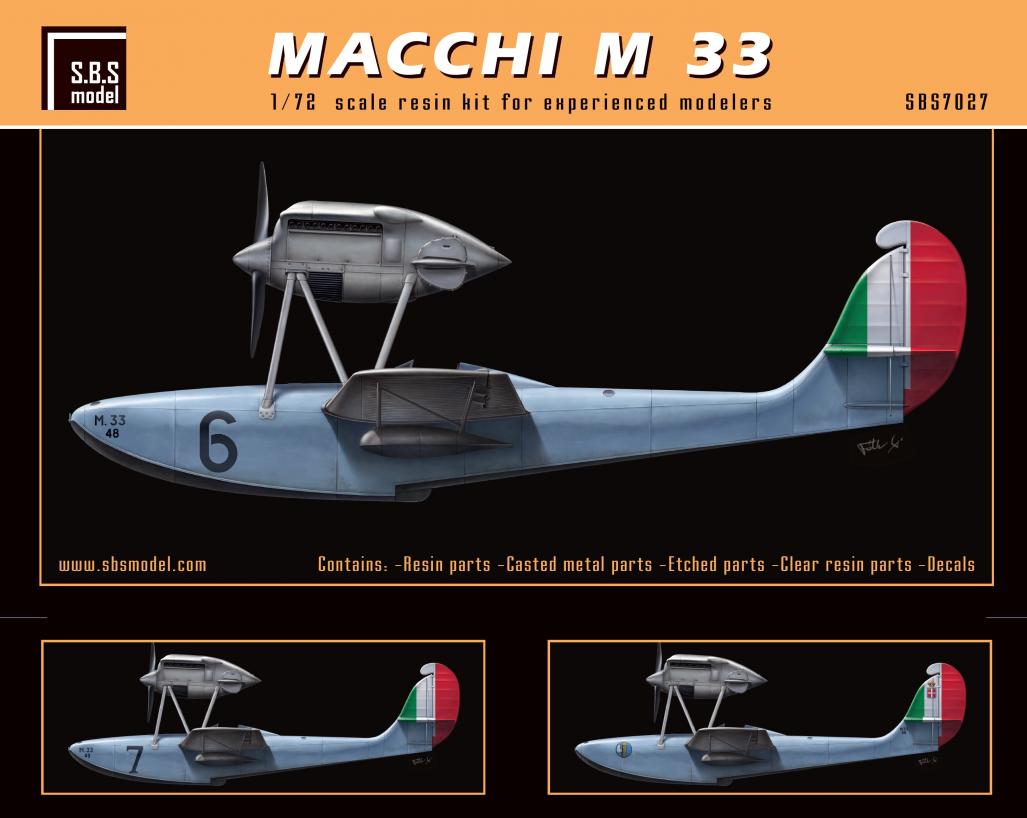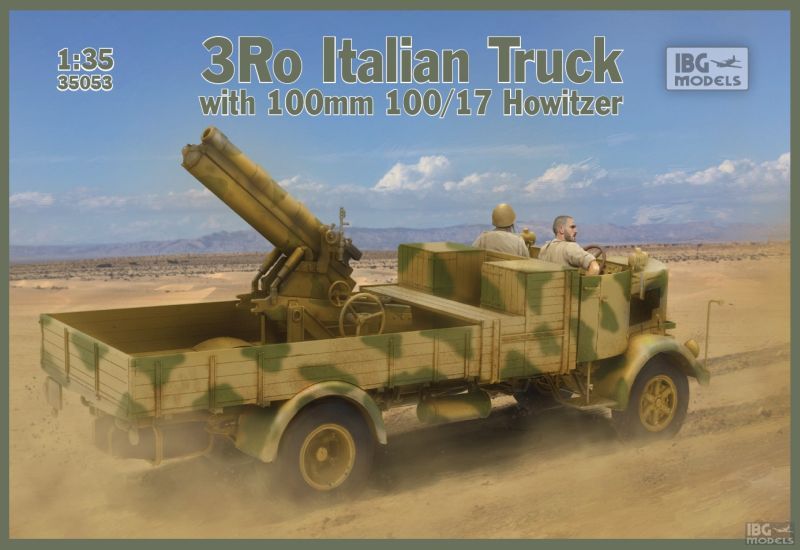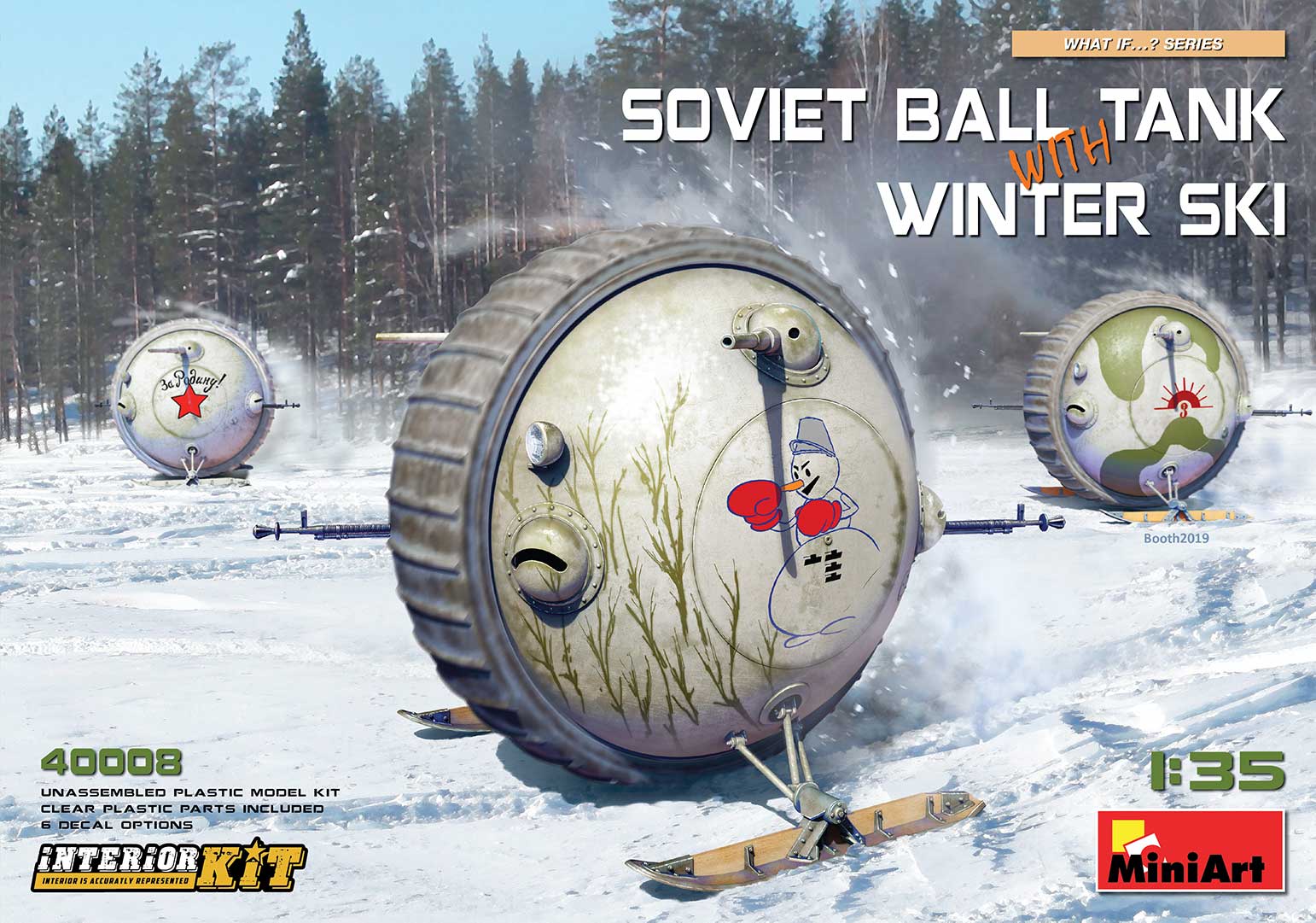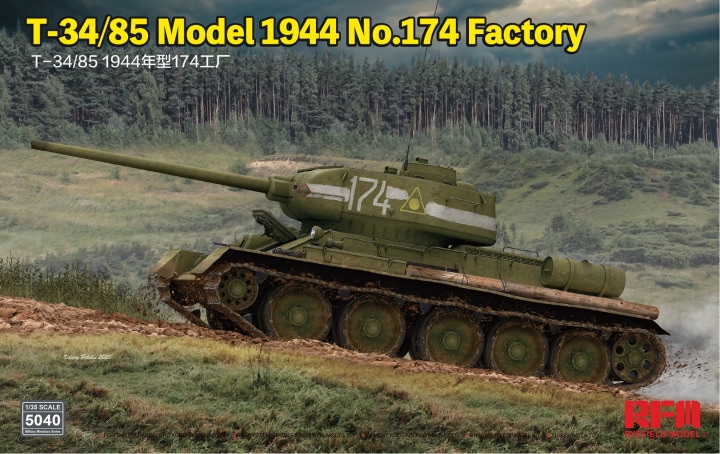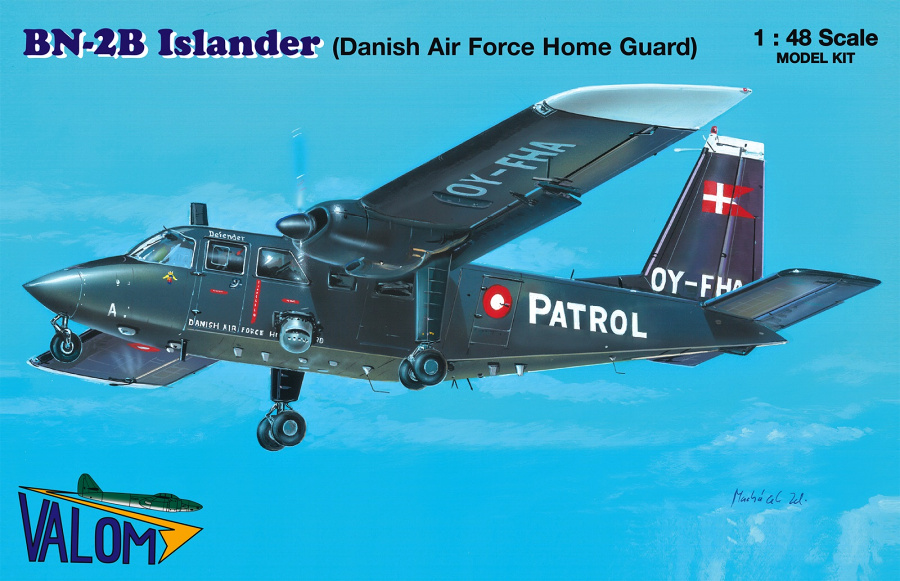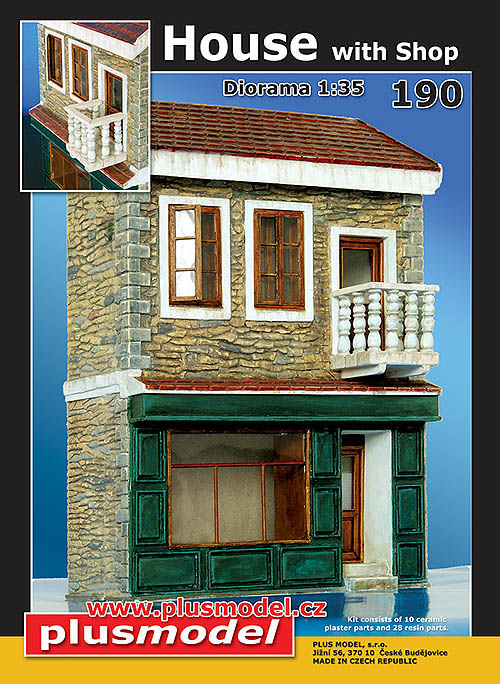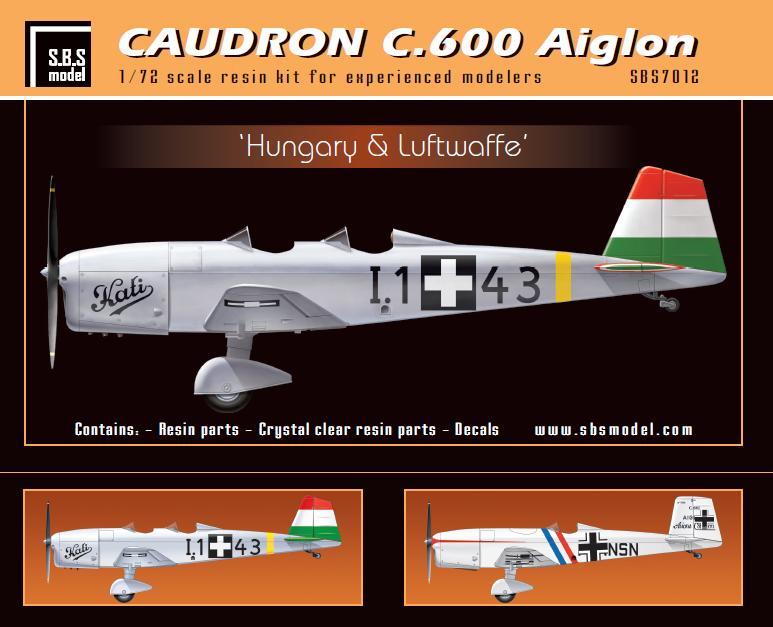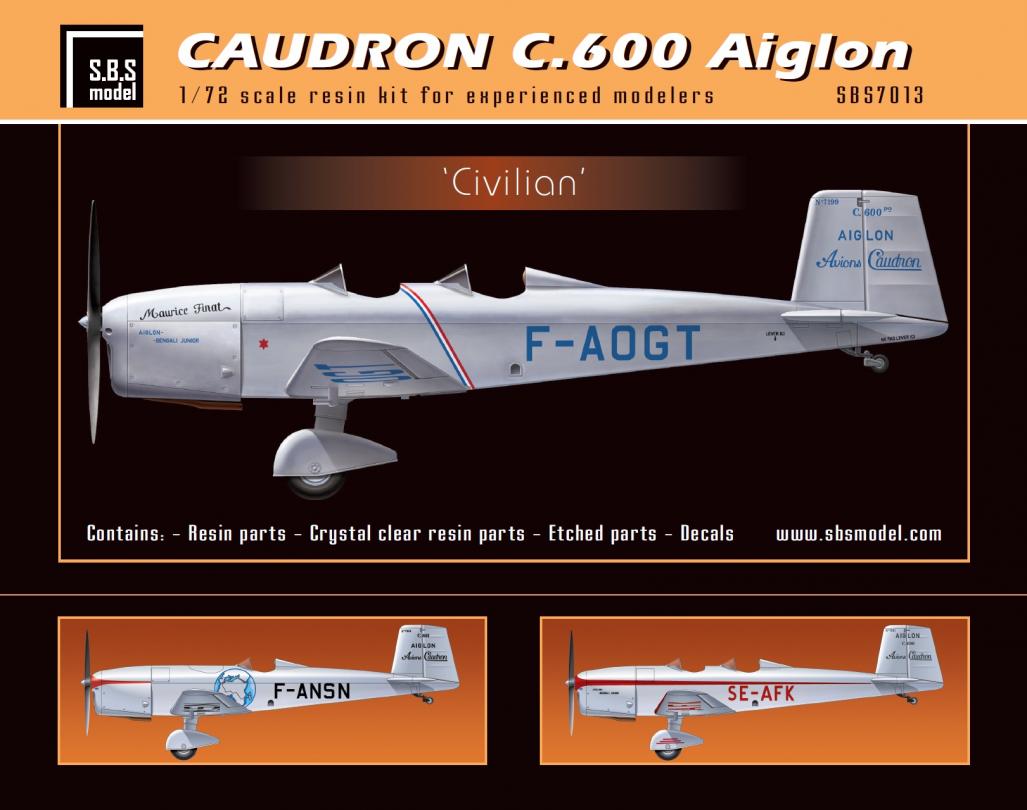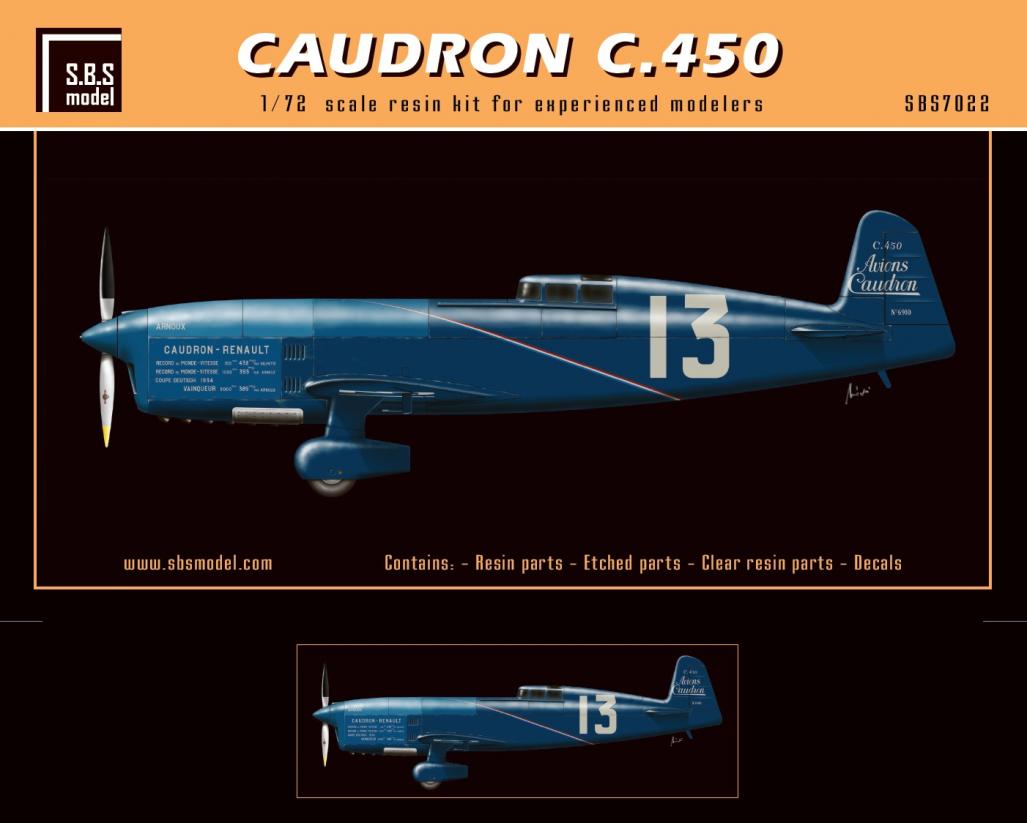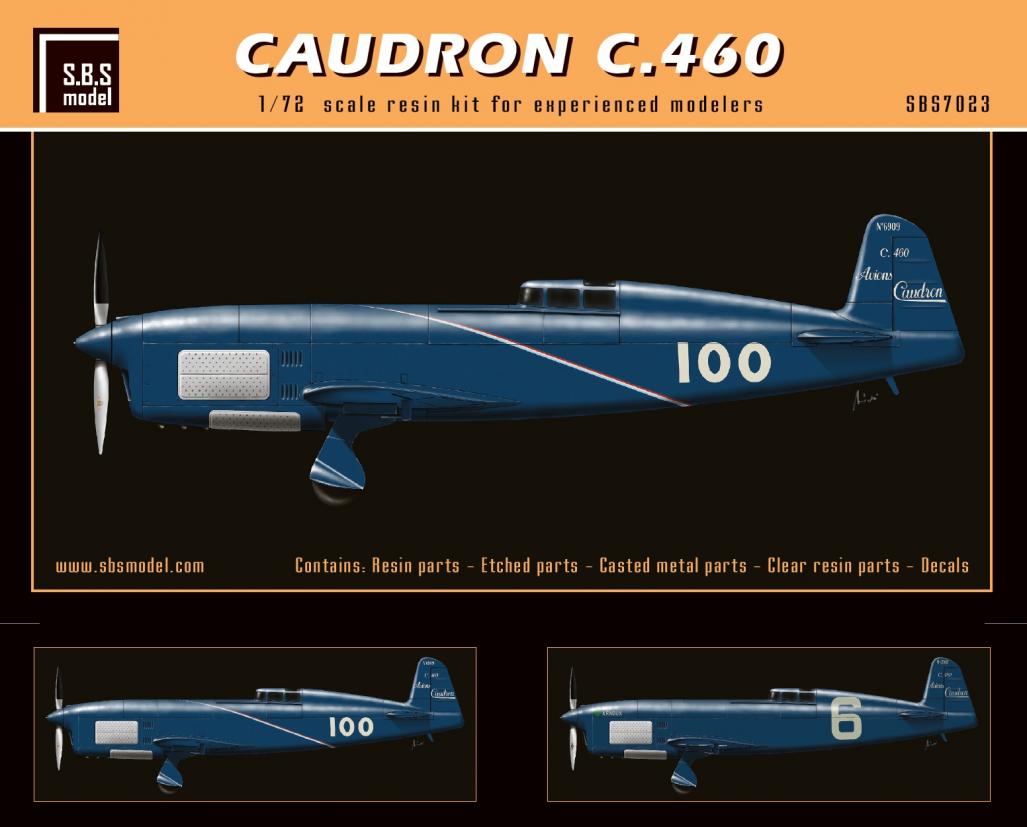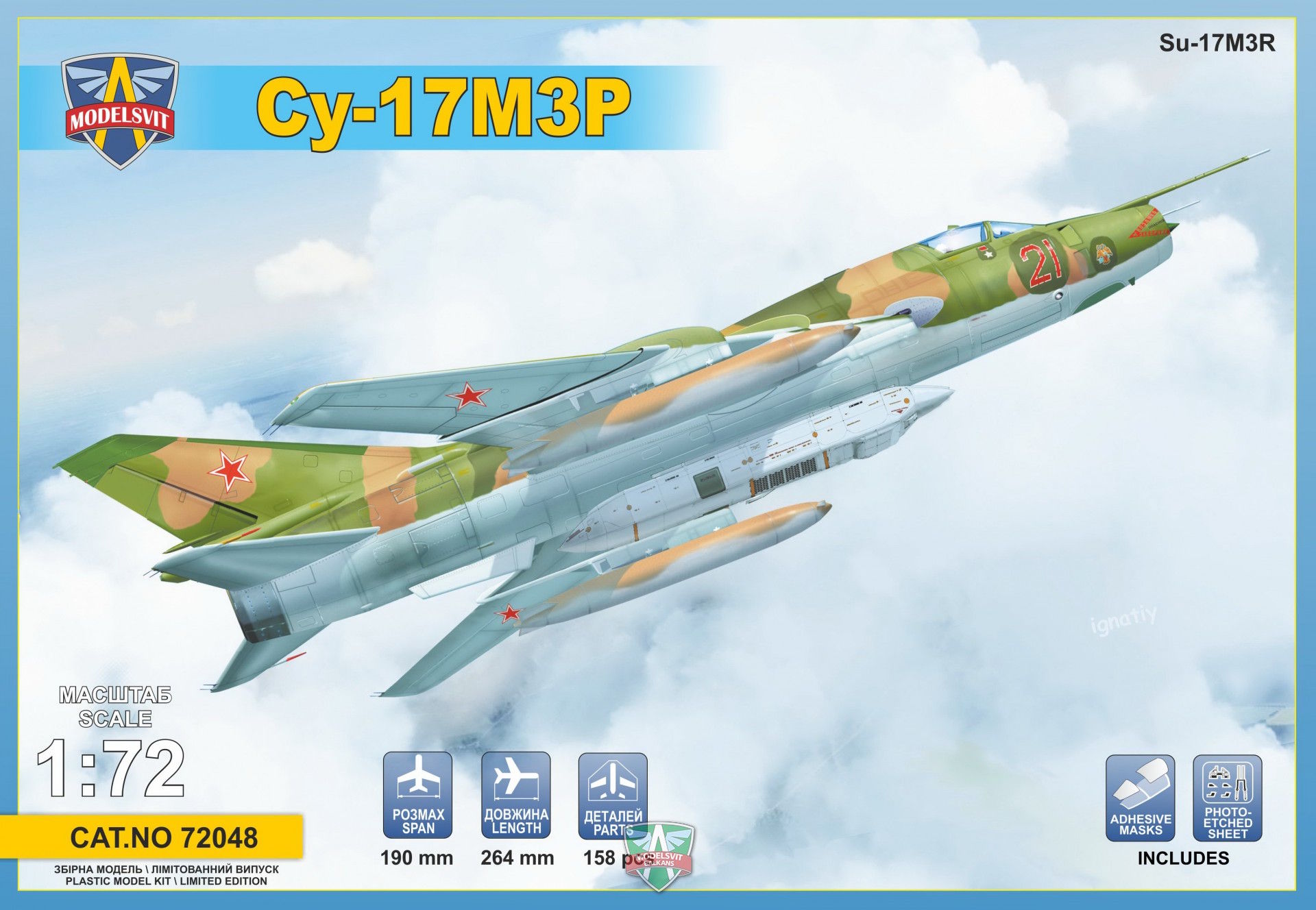Dětské zboží
Celkem 1545 produktů
1/35 T-34/85 Model 1944 No.174 Factory. The T-34 is a medium tank used mainly in the Soviet Union and members of the former Warsaw Pact during the Cold War. The T-34/85 is equipped with an 85mm tank gun in a large three-person turret, and generally the type equipped with the S-53 tank gun is classified as the 1944 type. Compared to the 1943 type, the 1944 type has a simplified design of the base of the main gun due to miniaturization of the retreat mechanism; the antenna is also installed in front of the cupola due to the relocation of the radio, and the ventilator above the turret features two units to improve the exhaust capacity. The 1944 model was mainly produced at the 183rd Factory, and in June of 1944, production started at the 174th Factory in Omsk, southern Russia. This kit from Rye Field Models includes photo-etched parts and decals for four versions. [Includes]: Photo-etched parts, decals for 4 versions
1/35 T-34/85 Model 1944 No.174 Factory. The T-34 is a medium tank used mainly in the Soviet Union and members of the former Warsaw Pact during the Cold War. The T-34/85 is equipped with an 85mm tank gun in a large three-person turret, and generally the type equipped with the S-53 tank gun is classified as the 1944 type. Compared to the 1943 type, the 1944 type has a simplified design of the base of the main gun due to miniaturization of the retreat mechanism; the antenna is also installed in front of the cupola due to the relocation of the radio, and the ventilator above the turret features two units to improve the exhaust capacity. The 1944 model was mainly produced at the 183rd Factory, and in June of 1944, production started at the 174th Factory in Omsk, southern Russia. This kit from Rye Field Models includes photo-etched parts and decals for four versions. [Includes]: Photo-etched parts, decals for 4 versions
Jste vášnivý sběratel kovových modelů aut? Nebo jen chcete udělat radost svému dítěti, přátelům nebo známým? Kovové modely autíček Maisto jsou pro tyto účely přímo ideální. Kovové modely Maisto v měřítku 1:14 patří mezi nejoblíbenější. Mají velmi dokonalé detailní provedení jednotlivých částí a kvalitní barevné provedení. Model sportovního vozu na dálkové ovládání od značky Maisto. Model má funkční světlomety a jezdí na 6 ks AA baterií. Ovladač je na 2xAAA baterie, které nejsou součástí balení. Dosah ovladače až 35 m. Hlavní přednosti Kovový model autíčka v měřítku 1:14 RC model na dálkové ovládání Dosah ovladače až 35 m Rozvíjí zručnost a trpělivost Skládá se bez lepení a barvení Kovové části jsou natřené netoxickými barvami Detailní zpracování Vhodné pro děti od 5 let Baleno v krabičce Specifikace Značka: Maisto Model: F1 Ferrari SF90 (2019) Určení: RC model auta Věk: 5+ Měřítko: 1:14 Dosah: 35 m Barva: červená, černá Materiál: kov, plast Hmotnost: 1,06 kg Rozměry balení: 45,69 x 15,88 x 20,32 cm Obsah balení 1x kovový model Maisto 1x dálkový ovladač
Jste vášnivý sběratel kovových modelů aut? Nebo jen chcete udělat radost svému dítěti, přátelům nebo známým? Kovové modely autíček Maisto jsou pro tyto účely přímo ideální. Kovové modely Maisto v měřítku 1:14 patří mezi nejoblíbenější. Mají velmi dokonalé detailní provedení jednotlivých částí a kvalitní barevné provedení. Model sportovního vozu na dálkové ovládání od značky Maisto. Model má funkční světlomety a jezdí na 6 ks AA baterií. Ovladač je na 2xAAA baterie, které nejsou součástí balení. Dosah ovladače až 35 m. Hlavní přednosti Kovový model autíčka v měřítku 1:14 RC model na dálkové ovládání Dosah ovladače až 35 m Rozvíjí zručnost a trpělivost Skládá se bez lepení a barvení Kovové části jsou natřené netoxickými barvami Detailní zpracování Vhodné pro děti od 5 let Baleno v krabičce Specifikace Značka: Maisto Model: F1 Ferrari SF90 (2019) Určení: RC model auta Věk: 5+ Měřítko: 1:14 Dosah: 35 m Barva: červená, černá Materiál: kov, plast Hmotnost: 1,06 kg Rozměry balení: 45,69 x 15,88 x 20,32 cm Obsah balení 1x kovový model Maisto 1x dálkový ovladač
Udělejte radost svému synovi nebo dceři s obojživelným autíčkem ve tvaru žraloka od značky MAC TOYS. Auto děti ovládají pomocí dálkového ovládání. Vyhrají si s ním jak na zemi, tak na vodě. Díky velkým kolům zvládne hračka jezdit všemi směry a pojede i na neupraveném terénu na chalupě nebo během procházky. Jakmile se autíčko rozpohybuje, kabina se barevně rozsvítí a zůstane svítit v průběhu celé jízdy. Díky zadní ploutvi, která se ve vodě hýbe, vypadá, jako když plave žralok. Hlavní přednosti Hračka vhodná pro holky i pro kluky Ideální pro hraní na zemi i u vody Autíčko připomínající žraloka Svítící kabina Specifikace Značka: MAC TOYS Určení: autíčko na dálkové ovládání Věk: od 3 let Baterie: ano Baterie: 7,4 V lithium battery (500mA) Barva: červená Hmotnost balení: 1,45 kg Rozměry (v x š x h): 24,5 x 37 x 22 cm Obsah balení 1x Auto MAC TOYS obojživelné, žralok
S postrkovacím školním autobusem Little People® Sit with Me School Bus od společnosti Fisher-Price® si malé děti skvěle pohrají a zároveň se i připraví na své budoucí cesty do školy. Začněte zábavu stisknutím tlačítka Discovery na objevování a získáte vzrušující osvětlení, zvuky a písničky. Poté odklopte značku stopky a otevřete dveře, abyste nechali nastoupit pasažéry. Řidička autobusu Emily je připravena pozdravit malého Eddieho a popřát mu skvělý den, když jde do školy. Umístěte postavu na sedadlo řidiče, abyste slyšeli zábavné písně a zvuky, a poté vyjeďte s autobusem a vyrazte na cestu. Děti mohou dokonce pomoci Eddiemu najít si nové přátele tím, že přivedou do autobusu více postav Little People® a posadí je všechny dohromady. Další figurky se prodávají samostatně. Specifikace Jazyky: český, slovenský, anglický, maďarský, polský Napájení: 2x AA (R6) Baterie součástí balení: Ano Doporučený věk: od 12 měsíců Hmotnost balení: 1,089 kg Rozměry balení (Š x V x H): 35,5 x 20,5 x 14,5 cm
1/72 KDA-2 type 88-2 scout. The Beriev Be-8 (USAF/DoD reporting name “Type 33”, NATO reporting name “Mole”), was built by the Soviet Beriev OKB in 1947. It was a passenger/liaison amphibian aircraft with a layout similar to the Be-4 but substantially larger and heavier. It was a single engine parasol with the wing installed on a thin pylon and a pair of short struts. Compared to the Be-4, the Be-8 was equipped with retractable landing gear, and pilot and passenger cabins had heating utilizing engine heat. The Be-8 was intended as a civil aircraft and carried no armament. First flight was on December 3, demonstrating good performance. Two experimental aircraft were built, and one was demonstrated during 1951 Soviet Aviation Day at Tushino.One of Be-8 was equipped with hydrofoils, developed at TsAGI. These “Underwater Wings” were installed on landing gear struts and pushed aircraft above the water well before it could be done by the wing lift force. As a result, takeoff was much easier and imposed less punishment on the hull from the waves. Despite very effective during takeoff hydrofoils had negative impact on flight speed. Construction of retractable hydrofoils was not ready, and the concept did not find practical applications.
1/72 KDA-2 type 88 light bomber. The Beriev Be-8 (USAF/DoD reporting name “Type 33”, NATO reporting name “Mole”), was built by the Soviet Beriev OKB in 1947. It was a passenger/liaison amphibian aircraft with a layout similar to the Be-4 but substantially larger and heavier. It was a single engine parasol with the wing installed on a thin pylon and a pair of short struts. Compared to the Be-4, the Be-8 was equipped with retractable landing gear, and pilot and passenger cabins had heating utilizing engine heat. The Be-8 was intended as a civil aircraft and carried no armament. First flight was on December 3, demonstrating good performance. Two experimental aircraft were built, and one was demonstrated during 1951 Soviet Aviation Day at Tushino.One of Be-8 was equipped with hydrofoils, developed at TsAGI. These “Underwater Wings” were installed on landing gear struts and pushed aircraft above the water well before it could be done by the wing lift force. As a result, takeoff was much easier and imposed less punishment on the hull from the waves. Despite very effective during takeoff hydrofoils had negative impact on flight speed. Construction of retractable hydrofoils was not ready, and the concept did not find practical applications.
1/72 KDA-2 type 88-1 scout. The Beriev Be-8 (USAF/DoD reporting name “Type 33”, NATO reporting name “Mole”), was built by the Soviet Beriev OKB in 1947. It was a passenger/liaison amphibian aircraft with a layout similar to the Be-4 but substantially larger and heavier. It was a single engine parasol with the wing installed on a thin pylon and a pair of short struts. Compared to the Be-4, the Be-8 was equipped with retractable landing gear, and pilot and passenger cabins had heating utilizing engine heat. The Be-8 was intended as a civil aircraft and carried no armament. First flight was on December 3, demonstrating good performance. Two experimental aircraft were built, and one was demonstrated during 1951 Soviet Aviation Day at Tushino.One of Be-8 was equipped with hydrofoils, developed at TsAGI. These “Underwater Wings” were installed on landing gear struts and pushed aircraft above the water well before it could be done by the wing lift force. As a result, takeoff was much easier and imposed less punishment on the hull from the waves. Despite very effective during takeoff hydrofoils had negative impact on flight speed. Construction of retractable hydrofoils was not ready, and the concept did not find practical applications.
1/72 KDA-2 type 88 light bomber. The Beriev Be-8 (USAF/DoD reporting name “Type 33”, NATO reporting name “Mole”), was built by the Soviet Beriev OKB in 1947. It was a passenger/liaison amphibian aircraft with a layout similar to the Be-4 but substantially larger and heavier. It was a single engine parasol with the wing installed on a thin pylon and a pair of short struts. Compared to the Be-4, the Be-8 was equipped with retractable landing gear, and pilot and passenger cabins had heating utilizing engine heat. The Be-8 was intended as a civil aircraft and carried no armament. First flight was on December 3, demonstrating good performance. Two experimental aircraft were built, and one was demonstrated during 1951 Soviet Aviation Day at Tushino.One of Be-8 was equipped with hydrofoils, developed at TsAGI. These “Underwater Wings” were installed on landing gear struts and pushed aircraft above the water well before it could be done by the wing lift force. As a result, takeoff was much easier and imposed less punishment on the hull from the waves. Despite very effective during takeoff hydrofoils had negative impact on flight speed. Construction of retractable hydrofoils was not ready, and the concept did not find practical applications.
1/72 KDA-2 type 88-1 scout. The Beriev Be-8 (USAF/DoD reporting name “Type 33”, NATO reporting name “Mole”), was built by the Soviet Beriev OKB in 1947. It was a passenger/liaison amphibian aircraft with a layout similar to the Be-4 but substantially larger and heavier. It was a single engine parasol with the wing installed on a thin pylon and a pair of short struts. Compared to the Be-4, the Be-8 was equipped with retractable landing gear, and pilot and passenger cabins had heating utilizing engine heat. The Be-8 was intended as a civil aircraft and carried no armament. First flight was on December 3, demonstrating good performance. Two experimental aircraft were built, and one was demonstrated during 1951 Soviet Aviation Day at Tushino.One of Be-8 was equipped with hydrofoils, developed at TsAGI. These “Underwater Wings” were installed on landing gear struts and pushed aircraft above the water well before it could be done by the wing lift force. As a result, takeoff was much easier and imposed less punishment on the hull from the waves. Despite very effective during takeoff hydrofoils had negative impact on flight speed. Construction of retractable hydrofoils was not ready, and the concept did not find practical applications.
1/72 KDA-2 type 88-2 scout. The Beriev Be-8 (USAF/DoD reporting name “Type 33”, NATO reporting name “Mole”), was built by the Soviet Beriev OKB in 1947. It was a passenger/liaison amphibian aircraft with a layout similar to the Be-4 but substantially larger and heavier. It was a single engine parasol with the wing installed on a thin pylon and a pair of short struts. Compared to the Be-4, the Be-8 was equipped with retractable landing gear, and pilot and passenger cabins had heating utilizing engine heat. The Be-8 was intended as a civil aircraft and carried no armament. First flight was on December 3, demonstrating good performance. Two experimental aircraft were built, and one was demonstrated during 1951 Soviet Aviation Day at Tushino.One of Be-8 was equipped with hydrofoils, developed at TsAGI. These “Underwater Wings” were installed on landing gear struts and pushed aircraft above the water well before it could be done by the wing lift force. As a result, takeoff was much easier and imposed less punishment on the hull from the waves. Despite very effective during takeoff hydrofoils had negative impact on flight speed. Construction of retractable hydrofoils was not ready, and the concept did not find practical applications.

